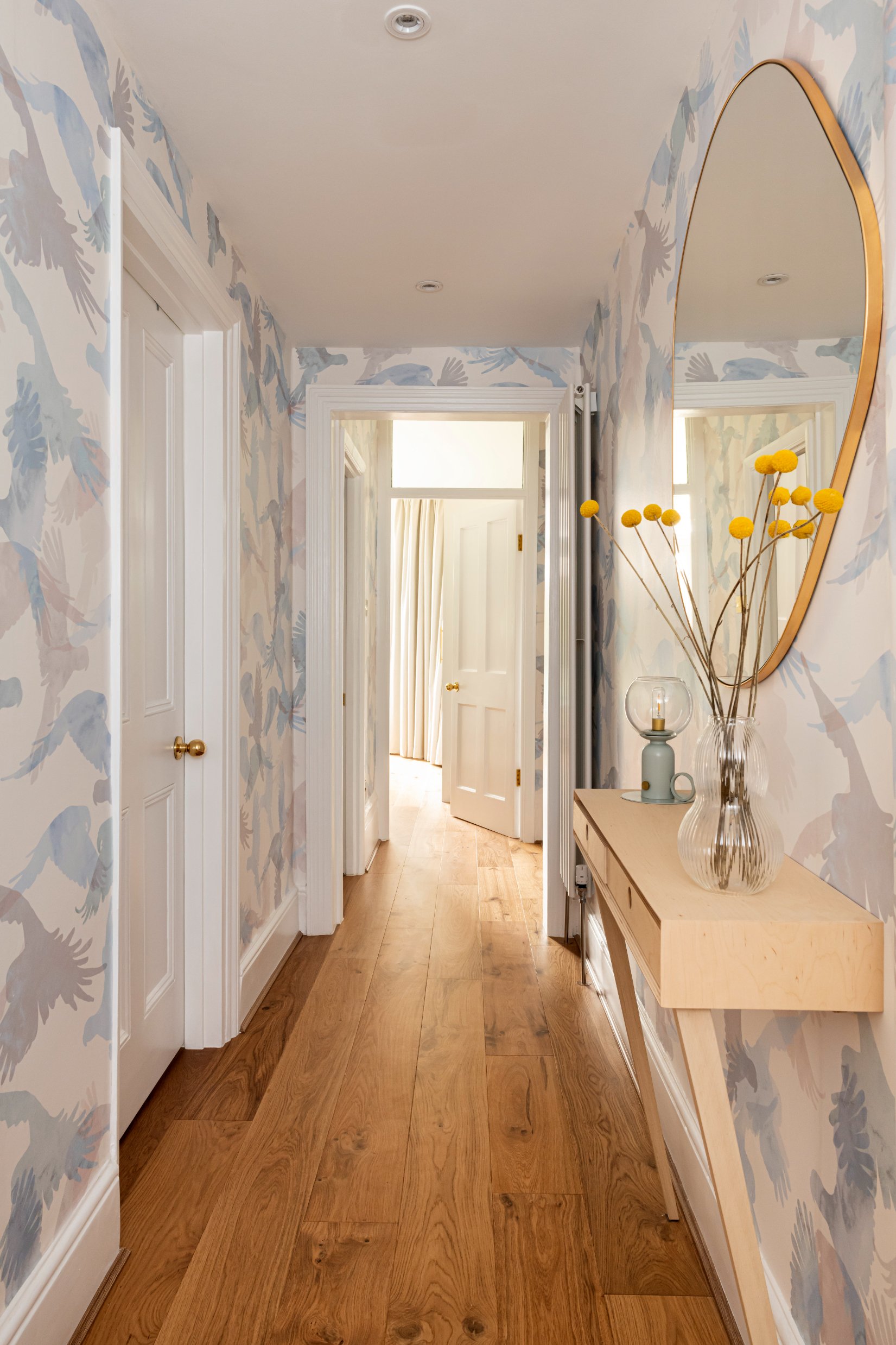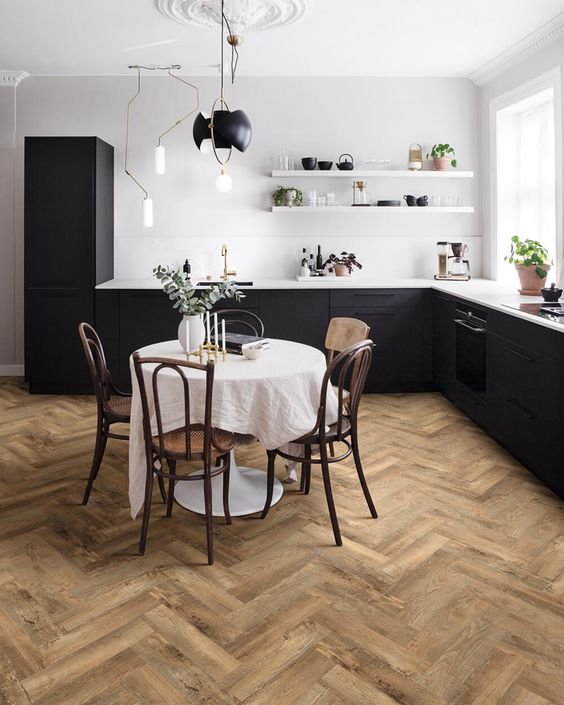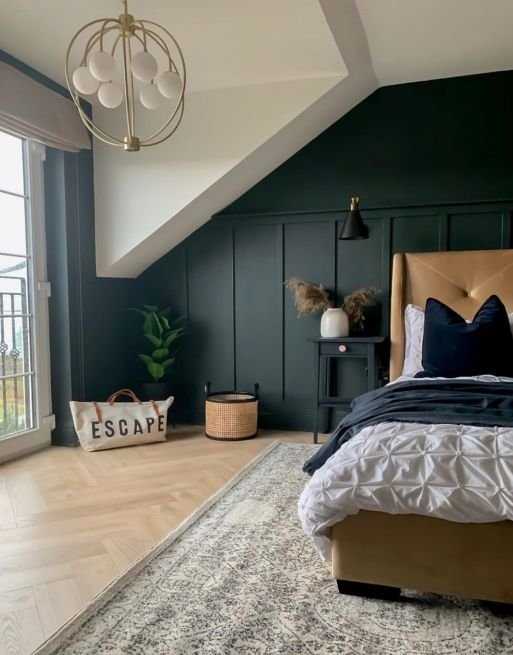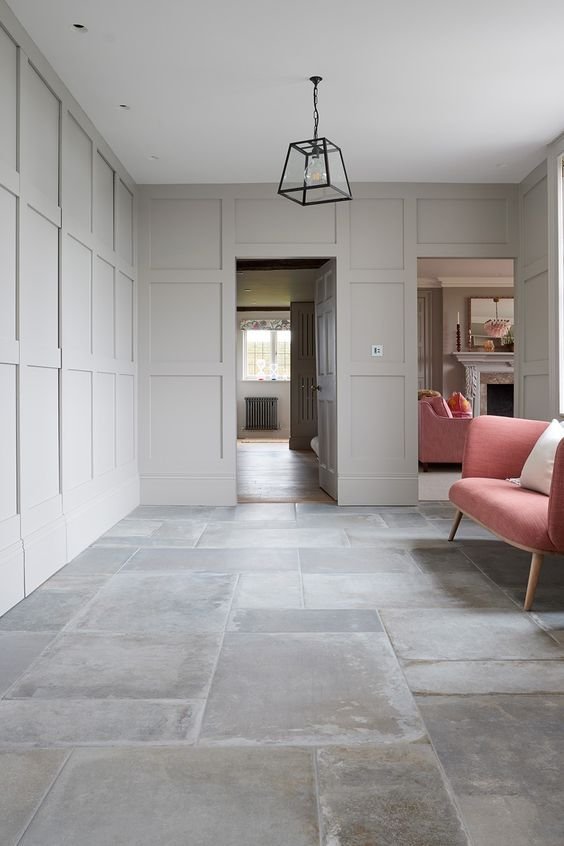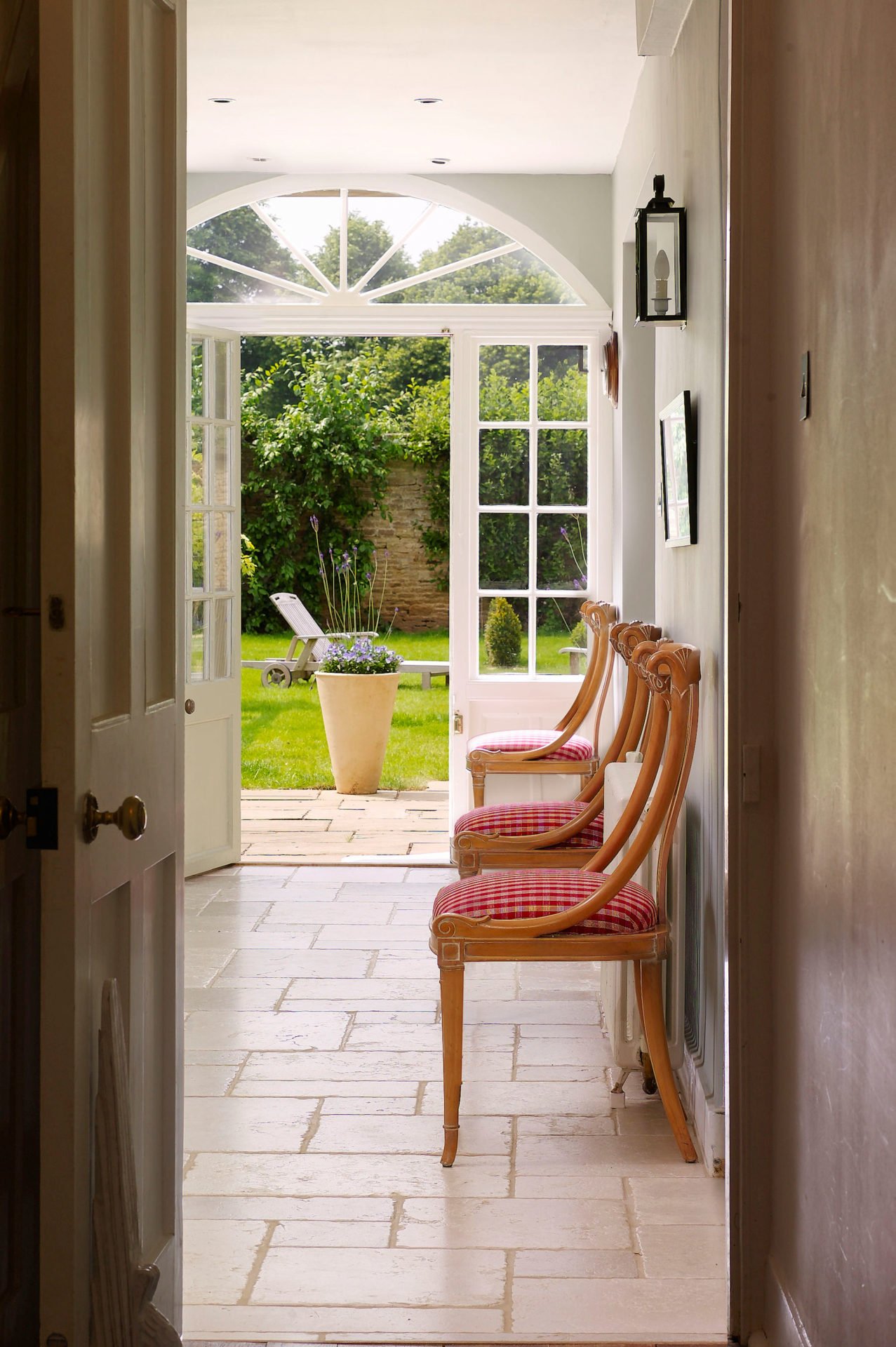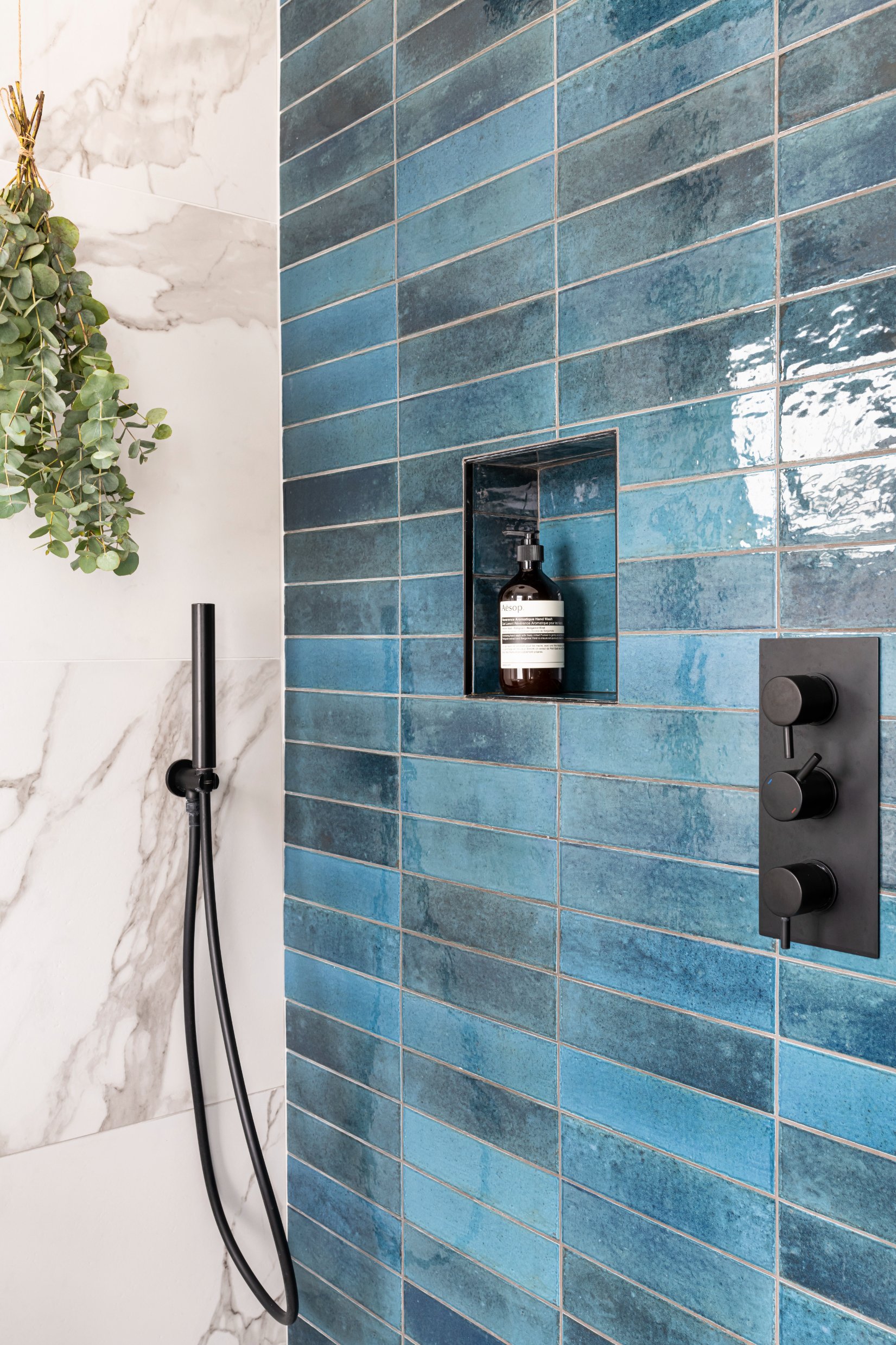The pros & cons of different flooring options
If you’re planning a renovation, extension, or even just a room refresh, choosing the flooring will have a big impact on the space. Not just in terms of aesthetics, but also cost, durability and other practical considerations.
Here’s a rundown of some of the most popular flooring choices, along with their advantages and disadvantages.
Hard wood
Source: Monarch Plank
Hard wood floors are solid wooden planks of 100% natural wood - usually oak or pine.
Pros:
It can be refinished - sanded down and re-stained to a completely different colour if you want a refresh or if it becomes worn
Cons:
It’s an expensive option
It’s easily scratched, so possibly not the best option if you have pets with sharp claws or children
It’s prone to water damage, so unsuitable for kitchens or bathrooms
You can’t have hardwood floors with underfloor heating, as it dries out the wood causing it to shrink
Engineered wood
Source: Kate Wiltshire Design
Engineered wood is essentially very thin strips (veneer) of real wood on top of composite material, usually made up of derivative wood products and adhesive.
Pros:
Engineered wood is less expensive than hardwood
It’s more durable and sturdy
Can be installed with underfloor heating
It looks realistic as the top layer is real wood
Cons:
It’s susceptible to water damage, although not as much as hardwood flooring
It can’t be refinished often as the top layer of wood is only 1-3mm thick
LVT/Amtico
Source: Moduleo
LVT, or luxury vinyl tiles, are very simply plastic tiles with an image of wood (or stone) on the surface. It has multiple layers, and feels soft whilst having the look of real wood.
Pros:
It’s durable and waterproof, making it a good option for kitchens or busy homes with children
Decent quality LVT can look like realistic wood or stone
It requires barely any maintenance and is easy to clean
It can be installed with underfloor heating, and since it’s thin, allows the heat to come through the floor better than thicker options
Cons:
Although it can look very similar to real wood, it’s soft and has a synthetic texture, so it won’t feel like walking on real wood
It’s extremely difficult to remove once installed
It’s created with PVC, so it’s not a sustainable material and is not biodegradable
Laminate
Source: Direct Wood Flooring
Laminate is a synthetic product, made up of melamine resin and fibre board material. The top layer has an image which is made to look like real wood.
Pros:
It’s a more cost effective solution and is one of the most affordable flooring options, both in terms of installation and the price of the flooring itself
It’s very durable, with a scratch resistant surface
It’s low maintenance and easy to clean
It can be installed with underfloor heating
Cons:
It isn’t water resistant, just like other wood options
It can’t be refinished, so needs to be replaced when worn out
Because it’s one of the cheapest options, sometimes the appearance can look quite synthetic and without the texture of real or engineered wood
Porcelain or Ceramic tiles
Source: Artisans of Devizes
Porcelain and ceramic tiles are man-made using clay. The clay used to make porcelain tiles is much denser and fired at a higher temperature, meaning it’s very durable, robust and is more water resistant than ceramic tiles.
Pros:
These tiles are extremely durable - porcelain even more so than ceramic
They are completely waterproof, so a great option for a kitchen or bathroom
They don’t need to be sealed unlike real stone
It can be installed with underfloor heating, and heats well
Cons:
Porcelain and ceramic tiles are more expensive than other flooring options, porcelain is the most expensive of the two
Installation costs are higher than other flooring types, as it’s heavy and requires specialist machinery to cut
These tiles are very dense, so your subfloor needs to be strong enough to support it
Real stone
Source: Mandarin Stone
Real stone floor is exactly what it sounds like - 100% real stone! Granite, slate, marble and limestone are some popular stones used for flooring.
Pros:
It is long lasting and durable
It can work outdoor and in, creating a seamless transition from inside to out
Real stone can look extremely beautiful
Real stone is highly conductive meaning it works very well with underfloor heating
Cons:
It requires careful maintenance and sealing to keep it water proof and stain resistant
Because natural stone has limited resource, unlike porcelain which is man-made, it’s more expensive. It’s also expensive to install due to the same reasons as porcelain and ceramic tile.
Carpet
Source: Chris Loves Julia
Carpet is made of synthetic fibre like nylon or polyester, or in some cases wool.
Pros:
Carpet adds warmth, texture and comfort to a room
It’s inexpensive to buy and install
It provides good insulation - for both temperature and sound
Cons:
Carpets hold dust and allergens, so need to be regularly hoovered
Stains, odours and moisture are difficult to remove - whilst it’s easy to hoover it’s difficult to clean
Wool carpets can attract moths
If you’d like my help with your next project, check out my services to see how we can work together. If you’ve enjoyed this blog, don’t forget to subscribe below to receive my new post in your inbox every Sunday.



